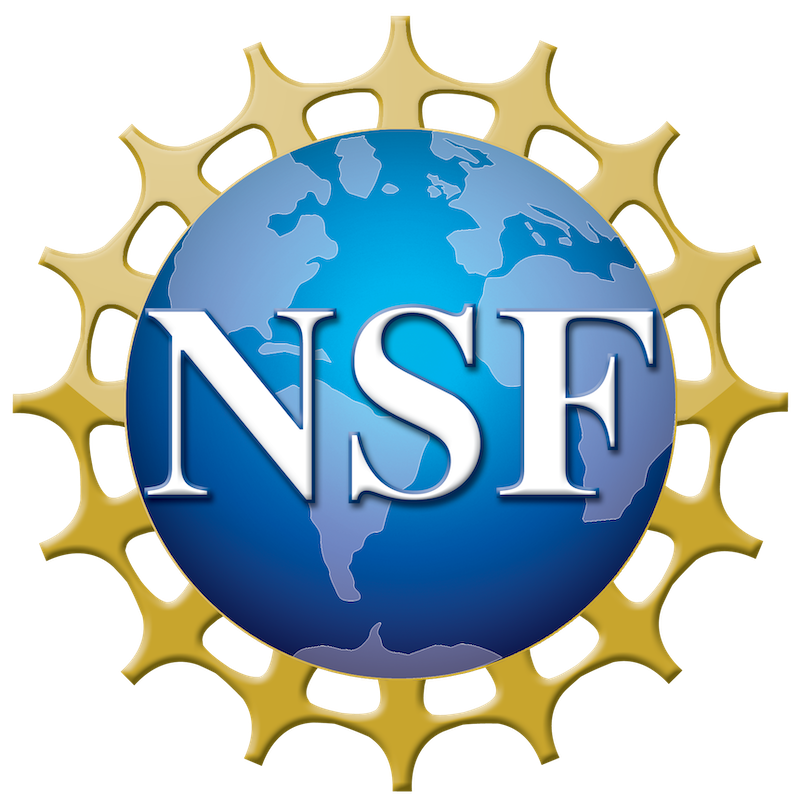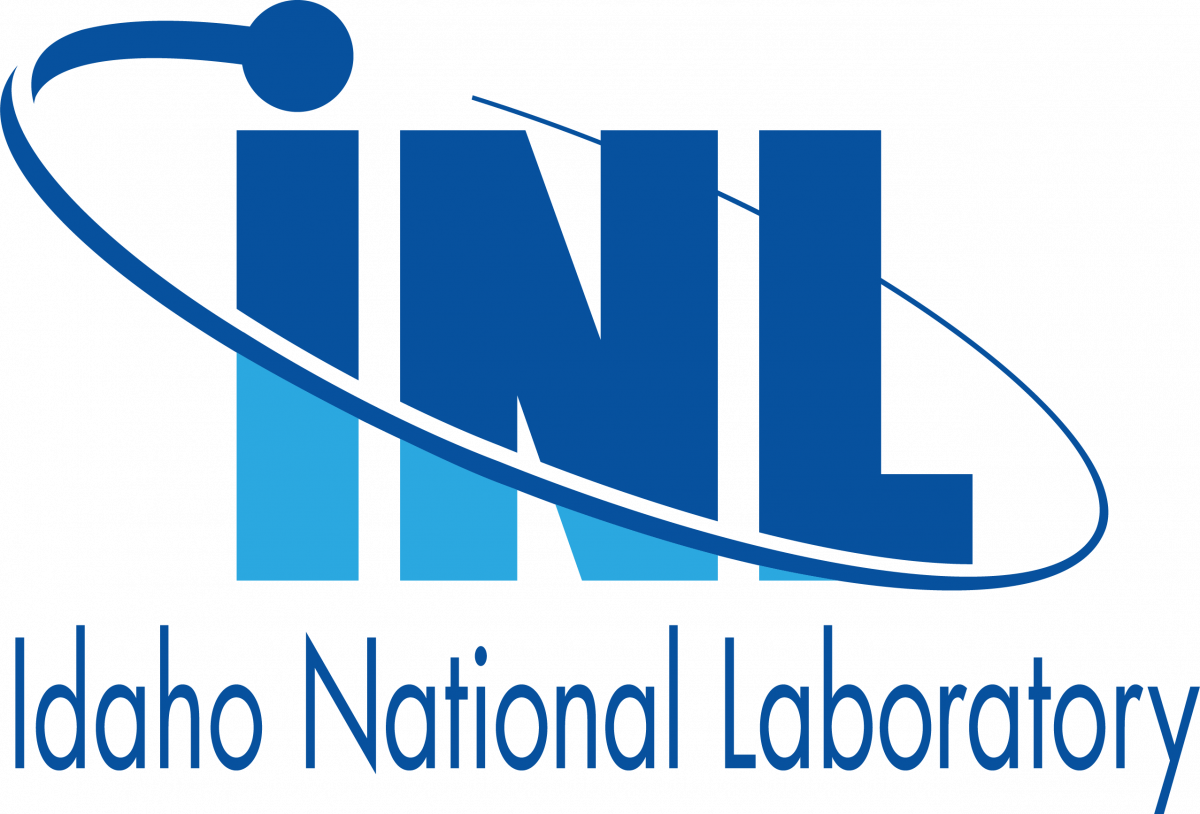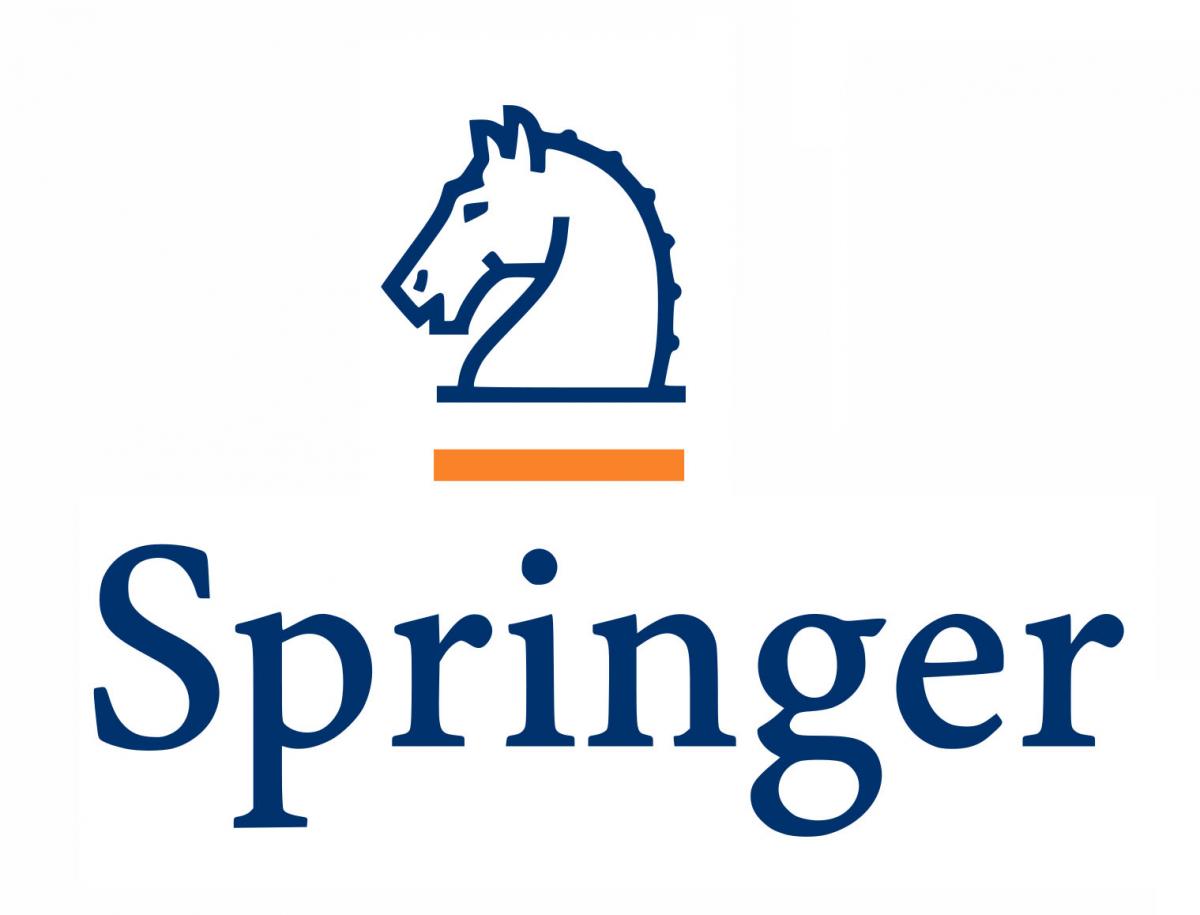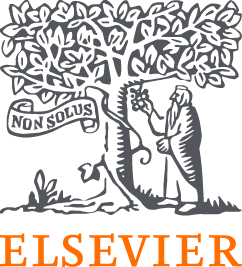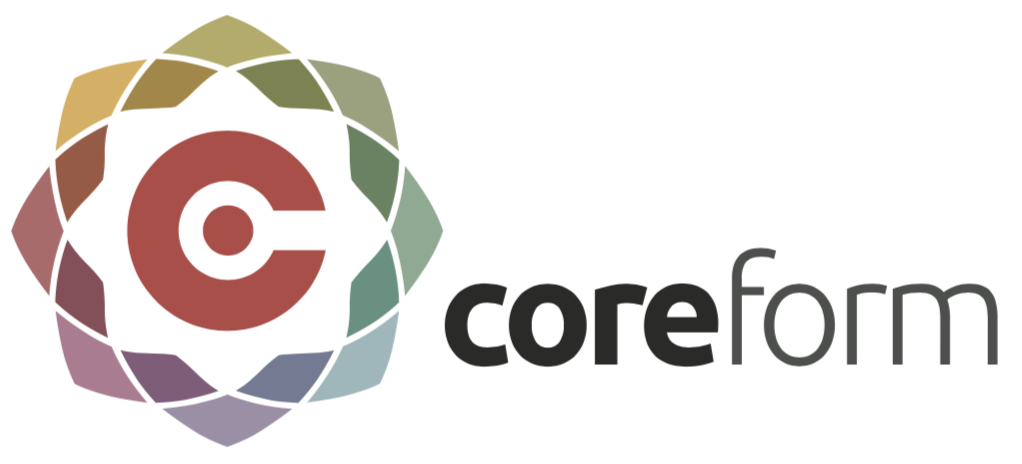J. Adam Stephens, Sandia National Laboratories
Gianluca Geraci, Sandia National Laboratories
Brian Adams, Sandia National Laboratories
Driven by Sandia National Laboratories’ applications, the Dakota project (http://dakota.sandia.gov) invests in both state-of-the-art research and robust, usable software for optimization and uncertainty quantification (UQ). Written in C++, the Dakota toolkit provides a flexible, extensible interface between simulation codes and a variety of iterative systems analysis methods. Dakota enables the users to run, with a minimal setup overhead, a variety of algorithms. Dakota’s methods include optimization, uncertainty quantification, parameter estimation, and sensitivity analysis, which may be used individually or as components within surrogate- or sampling-based strategies and other advanced techniques, as for instance multifidelity UQ. The software is available publicly under an open source license and is used broadly by academic, government, and corporate institutions. In this minisymposium, we will accept contributions describing Dakota algorithm and usability developments. We also solicit contributions focused on advanced application of Dakota capabilities to science and engineering problems, whether academic or industrial.
Sandia National Laboratories is a multimission laboratory managed and operated by National Technology and Engineering Solutions of Sandia LLC, a wholly owned subsidiary of Honeywell International Inc. for the U.S. Department of Energy's National Nuclear Security Administration under contract DENA0003525. This paper describes objective technical results and analysis. Any subjective views or opinions that might be expressed in the paper do not necessarily represent the views of the U.S. Department of Energy or the United States Government.


